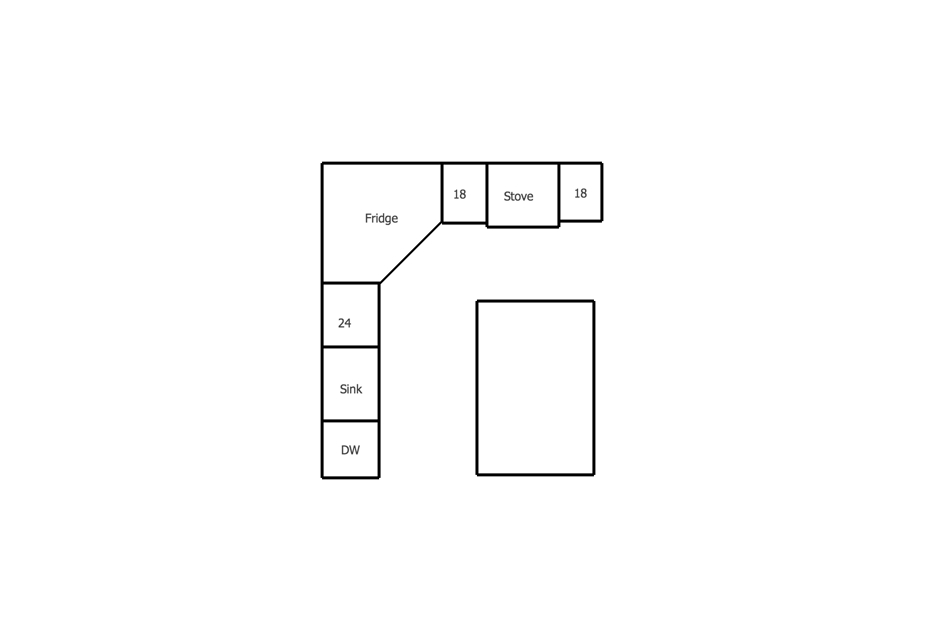Question (WOODWEB Member) :
I’ve been building cabinet doors for the first time, square-sticking flat-panel, shaker stile. I’m happy with the results, but I find that building cabinets with two doors is difficult when laying out the measurements correctly for the rails. (I’m not having any issues with actually cutting and putting together.)
For example, I have a span of 40”. I’m using Blum soft-close hinges so I have quite a bit of adjustment once installed. I start with a 40” opening for the two doors, edge-to-edge. I subtract 3*(5/64) from 40, 5/64” gap on each side of the door and the gap in the middle, then divide that by two for the width of each door. The rails have a 1/2” tenon on each side.
So, now I determine the rail length by subtracting the width of the two stiles from the width of the door and adding 1” for the two tenons. I’ve been going through this calculation with excel, and for this case I end up with 12.13281”. I’ve been rounding this to the nearest 32nd, about. I’m guessing there is an easier way to do this (I can use metric too). Maybe I just need a better yardstick with 32nd's. I'm just estimating. Any help is appreciated!
Forum Responses
(Cabinetmaking Forum)
From Contributor G:
Use a 1/16" as your number instead of 5/64 and then you can sand the little bit off to size them. Or if you are trying to get perfect sized doors out of the clamps then subtract 1/64 from each stile.
I always build to the opening size while over sizing my doors by 1/16'' by increasing the width of the outside stiles by 1-32''. That way I don't need a caul when I clamp to protect the edge surface. Once the doors are together I join off from each side what I need to make the fit right, which gives me a little latitude for a custom fit if needed.
There are many ways to build doors, almost as many ways as there are cabinetmakers. I've been building doors since 1970. On some projects I finally gave in and bought doors from Conestoga - they are inexpensive in comparison to building your own. Like I said, ''on some'' projects''. I enjoy having control with grain selection and design so I do build most of my doors. In time you will find what works best for you.
